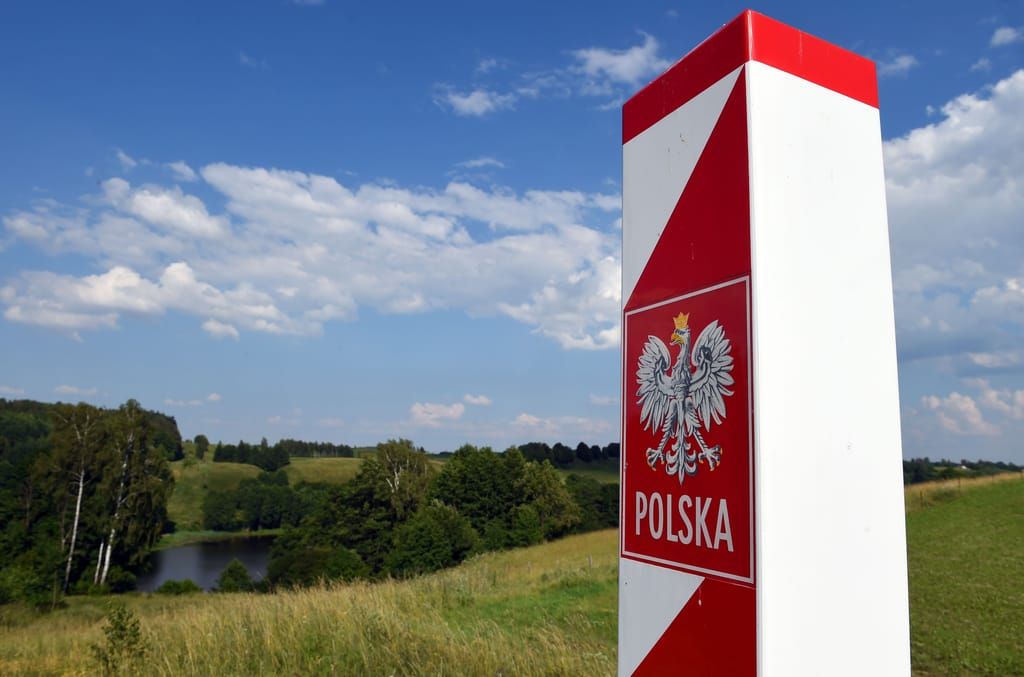The Suwałki Gap: NATO’s Vulnerable Frontier with Russia

Nestled amidst the scenic splendor of Druskininkai, a serene Lithuanian spa town with a rich history, lies an unassuming stretch of land that holds disproportionate strategic importance in the geopolitics of Europe. This corridor of land, known as the Suwałki Gap, spans roughly 100 kilometers between Belarus and the Russian exclave of Kaliningrad. Unbeknownst to many, it is often considered the most dangerous place on earth.
The Historical Significance of Druskininkai
Druskininkai's legacy as a spa town dates back to its designation in 1837 by Czar Nicholas I for Russian civil servants. Ever since, its mineral-rich waters have attracted a plethora of visitors, even as the tides of European history and various empires ebbed and flowed around it. From Prussian to Soviet control, the town has witnessed numerous shifts of power. Today, the spa town thrives as a tourist destination, boasting one of the world's largest indoor snow arenas and a lavish water park.
The Strategic Value of the Suwałki Gap
The Suwałki Gap’s geopolitical relevance emanates from its position between Belarus and Kaliningrad. Military experts opine that in any heightened conflict between Russia and NATO, this corridor would likely be a primary flashpoint. From a military standpoint, capturing this land would provide a continuous land connection between the main body of Russia and its exclave, Kaliningrad, housing a significant Russian military force.
The Modern Context
Recent tensions have amplified concerns about the Suwałki Gap. Lithuania’s decision to halt the transit of certain goods from Belarus to Kaliningrad in line with European sanctions sparked a severe response from Kaliningrad’s administration. Observers point to Russia's annexation of Crimea and ongoing actions in Ukraine as indicators of its possible ambitions regarding the Suwałki Gap. A successful capture could offer Russia a land bridge between its mainland and Kaliningrad, effectively isolating the Baltic states from the rest of NATO.
A Delicate Balance
The potential Russian incursion into the Suwałki Gap would not merely be a regional skirmish. Given the direct involvement of NATO members, any conflict could rapidly escalate, drawing in major powers and potentially pushing the world to the brink of a catastrophic confrontation.
The NATO Equation
The Suwałki Gap’s strategic importance is underscored by NATO's deliberations on deploying more troops in the region. Although NATO currently has battle groups in the area, Baltic leaders argue that a more significant presence is essential to deter potential Russian aggression. Notably, a longstanding 1997 agreement, the NATO-Russia Founding Act, has hindered the establishment of permanent NATO bases in new member states. However, Russia's actions in Ukraine have led many to reconsider this stance.
Regional Dynamics and Defense
The role of Poland, the region's most substantial military power, is pivotal. Historical tensions between Poland and Lithuania, especially concerning minority rights, have been cited as potential pressure points that Russia might exploit. However, the increasing military cooperation between Poland and Lithuania and their shared mistrust of Russian intentions have bolstered regional defense initiatives.
In conclusion, the Suwałki Gap, while geographically small, holds immense strategic significance in the complex tapestry of European geopolitics. As NATO and Russia navigate this delicate landscape, the future of this corridor and the broader region remains uncertain, underlining the necessity for diplomatic foresight and strategic preparedness.



Comments ()